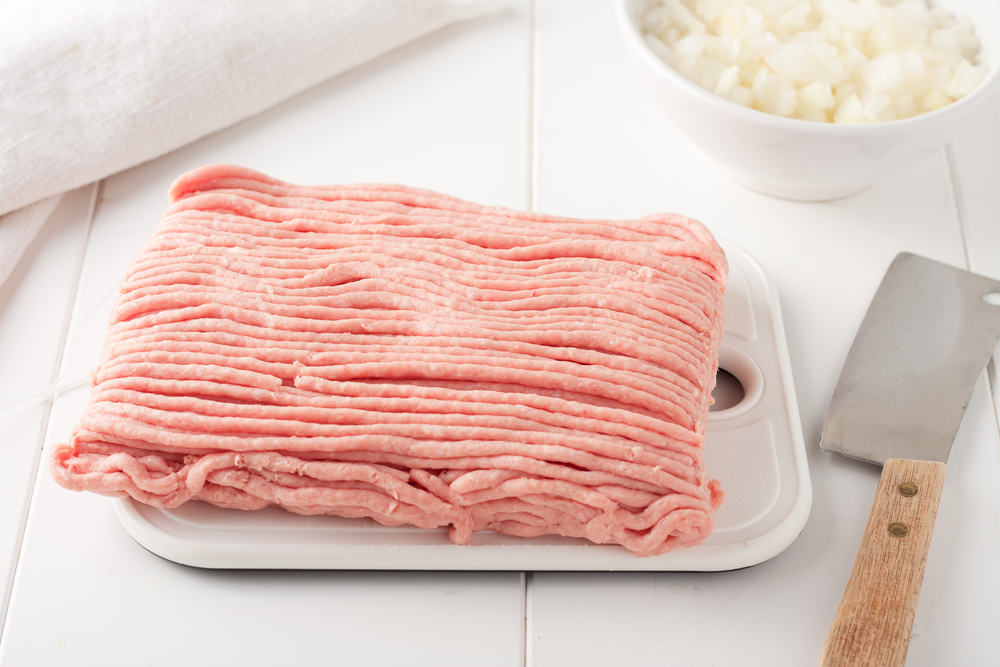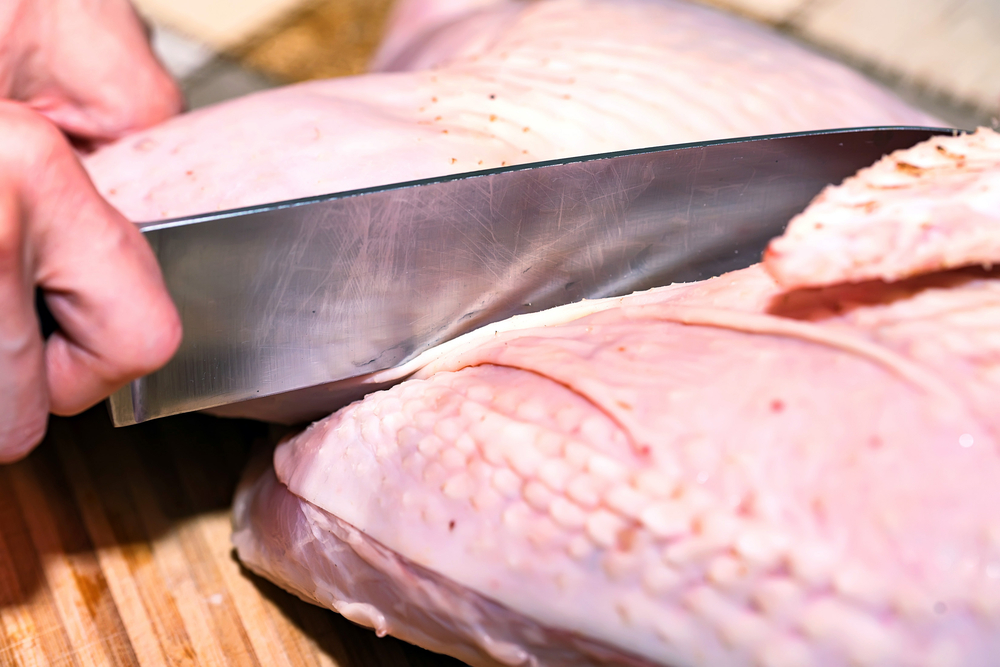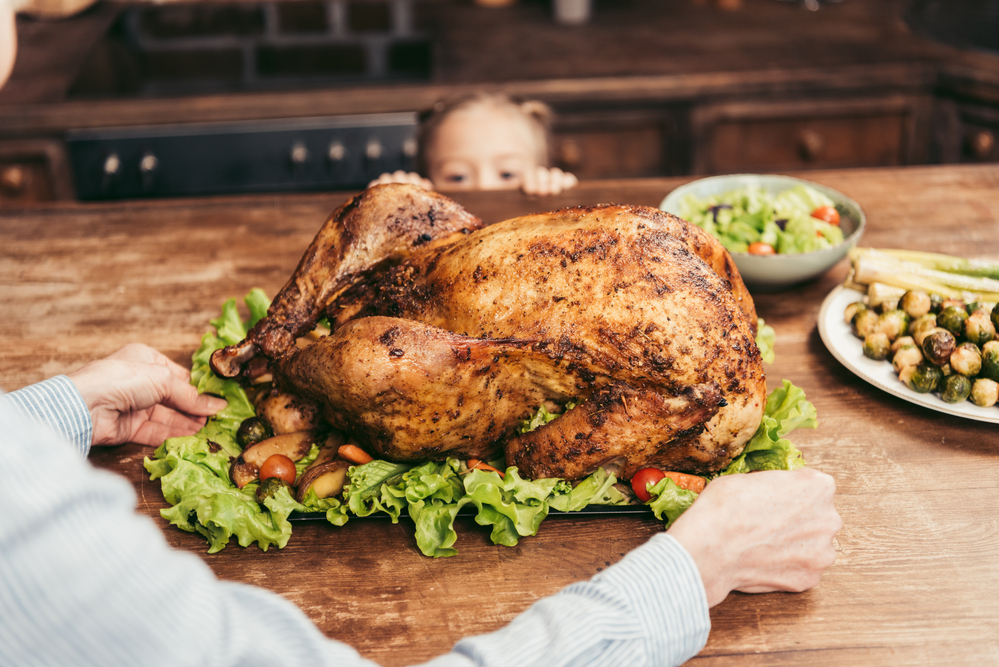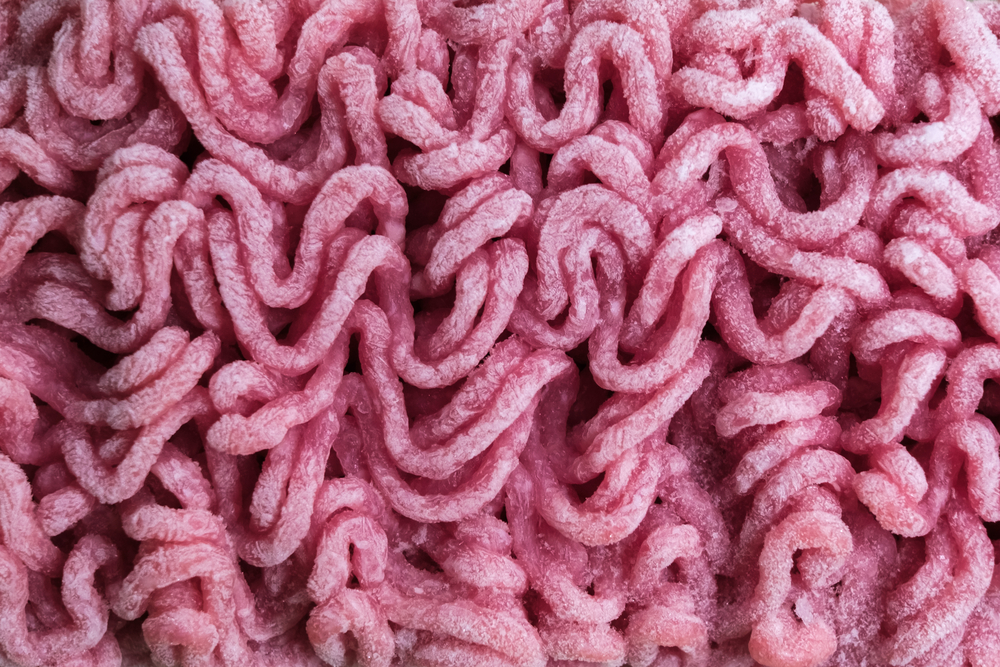Meal planning and making too much food are pretty common. One can readily make a whole week’s worth of meals or make way too much turkey for Thanksgiving. Meat isn’t hard to reheat, but reheating it while retaining quality can be a little bit of a challenge.
Reheated, dried out meat can look gross and taste, well, not great. The time and effort of making a good steak, hamburger, chicken, or your preferred meat, can be wasted by reheating meat in a way that sucks all the moisture out. Have you seen someone cringe when they see someone cut open chicken or steak in order to check it’s doneness? It’s close to the same result!
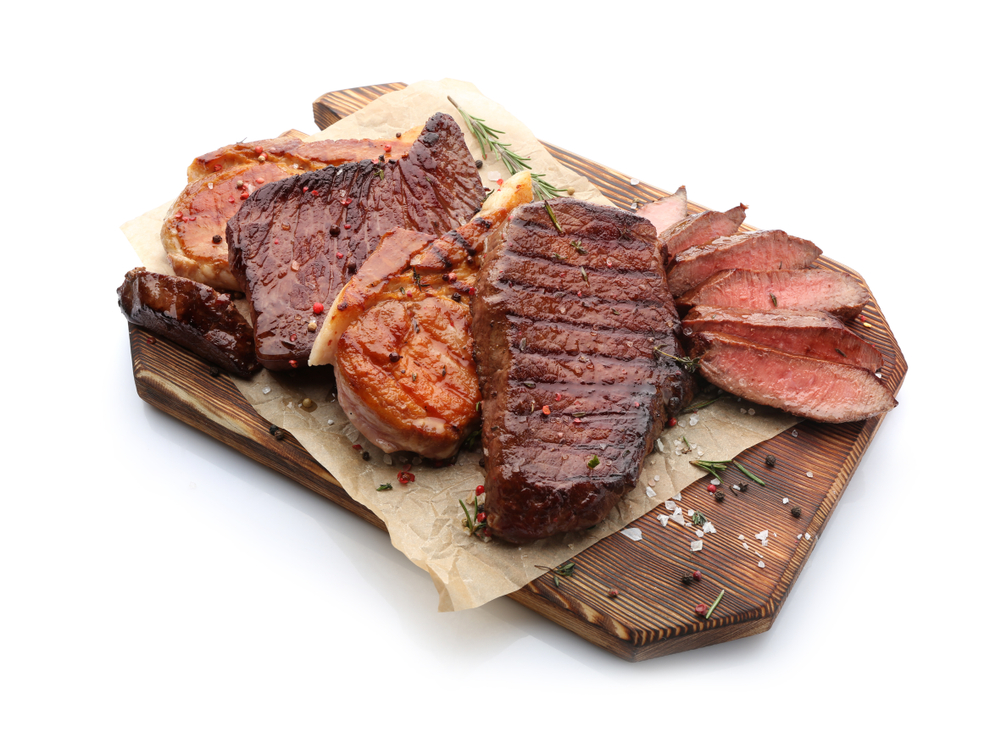
Reheating meat without drying it out is a simple matter of preparing a couple of ingredients and heating slowly. We will walk you through various methods to keep your meat tasty.
Is oven or toaster oven best?
Believe if or not, a toaster oven is actually really good for reheating smaller amounts of meat. Full size ovens take longer to heat up. Toaster ovens offer a better balance of heating up a bit more quickly without using the entire oven just to reheat meat.
If you are reheating meat for the entire family, use a regular oven simply because the entire dish will fit in a larger oven.
Use some liquid or oil
One fairly obvious way to keep your meat well hydrated while it heats up is to add some liquid. The meat and the heat will absorb the liquid and the meat will retain it.
First, consider what kind of meat you are reheating, and what you want it to taste like.
Sauces
You could add sauce, like tomato, alfredo, or others to the dish you are reheating. If this wasn’t already on the meat before, you could be adding a new flavor.
Water or Oil
You also have the option of adding water or oil. Water adds nothing but the potential for rehydration. Oil can add a little flavor, and depending on the kind you get, potentially a little a little fat.
The liquid, sauce, or oil can either be put on the meat itself, or below it in an effort to have it evaporate into the meat.
Broth
Broth can be a really good addition and a good moisturizer. Broth also has the potential to add flavor like chicken, beef, or spices.

Some food items like brisket could use chicken or beef broth to ensure that the already torn meats don’t dry out and remain moist.
How do I use the liquids?
You have a couple of options when it comes to adding liquid to your reheated meat. A sauce can be spooned right onto the meat, if you want.
Water or oil are best placed underneath, though oil can be applied directly.
We also suggest that regardless of which heating method you choose, you should add a tin foil tent to your dish. Tin foil helps the food heat up a bit faster and keeps the food from getting stuck to the reheating pan. Note that we don’t recommend you reheat for the purpose of staying moist in the microwave – and you shouldn’t ever put tin foil in the microwave.
Slow and low
You’ve likely heard the phrase “slow and low,” especially when related to smoking or barbequing beef. Cooking slow and low helps meats retain moisture as they cook and transform from frozen or cold to deliciously hot.
To be more specific, we don’t suggest you set your oven or toaster oven to higher than 350 degrees. You should also keep a meat thermometer on hand to keep meats like beef from reaching 145 degrees (the cooking temperature for beef) or 160 for chicken. Heating up the meat too much can definitely cause it to dry it out quickly as the meat doesn’t need further cooking.
To put this all together…
- Preheat your toaster oven or oven to 350 degrees
- Put tin foil on an oven safe dish.
- Place the meat on the tin foil.
- Drizzle liquid, sauce, or broth on the meat or on the outside.
- Make a tin foil tent to keep the area toasty
- Put the oven safe dish with meat into the oven
- Check it with a meat thermometer after a few minutes to ensure that the meat temperature isn’t above the previously mentioned cooking points.
- If the meat isn’t hot enough for your tastes, put it back in until it is.

When combining the right cooking method of an oven, tin foil, and liquid to reheat with, slow and low should work well for meat that was moist before. Note that if the meat was already overcooked, no method can really help put moisture back in.
Can I use the microwave?
You can, though it’s not the best bet for ensuring the meat stays moist.
Use the method mentioned above, but do NOT use tin foil. You can instead put the sauce or liquid on the bottom of the container or directly on the meat.
Microwaves have a harder time doing “slow and low” because they are built to heat up food really fast. You are at a much higher risk for overheating your meat in the microwave.
Start the microwave with as little time as possible, like 30 seconds. Continue reheating in the microwave until it’s hot enough.
You can also turn the power on your microwave down to have a better chance at catching the meat from overheating before you can check it again.
Conclusion
Reheating meat the right way can make it possible to enjoy a good steak, burger, or chicken all over again without sacrificing quality. Many people do not like reheating meat because they can go from fork tender to needing a steak knife to cut. Using the toaster oven or stove and the methods above can lead to a much more enjoyable leftovers experience.
Just remember not to put tin foil in the microwave!


